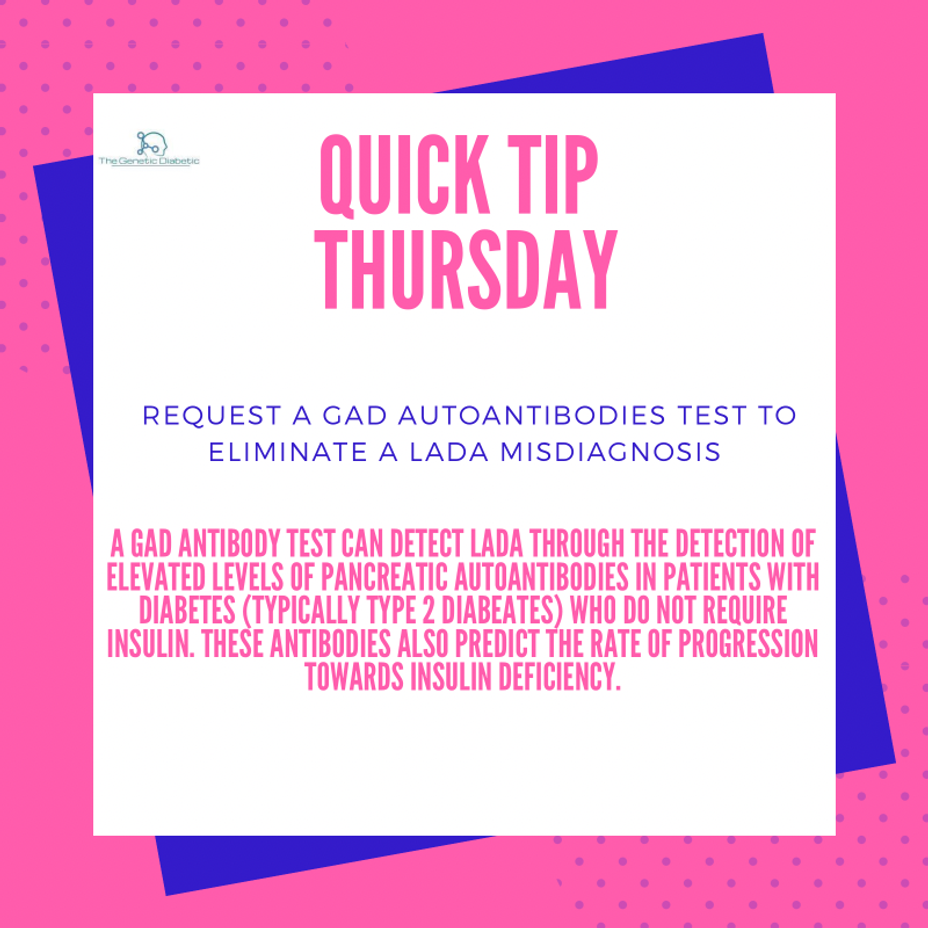Food and Nutrition Friday: Diabetes Friendly Foods- Garlic
The garlic plant belongs to the genus Allium, along with the onion, rakkyo, scallion, chive, leek, and shallot. Historically, it was used both for culinary purposes and as a health and therapeutic remedy in ancient Egypt.
Garlic is a good source of vitamins B-6 and C, vitamins which contribute to carbohydrate metabolism, and vitamins which may maintain blood sugar levels.
Garlic may reduce the risk of heart disease, a condition that affects about 80 percent of people with diabetes.
It has also been reported that raw garlic could help as reduce the risk of atherosclerosis. This is particularly noteworthy for people with diabetes, who are more prone to atherosclerosis-related inflammation.
Additionally, garlic has been proven to:
🧄 Reduce the levels of cholesterol, triglycerides, and blood lipids to improve cardiovascular health
🧄 Lower blood pressure
🧄 Anti-tumor properties
🧄 Stop the growth of cancer cells
🧄 Antibacterial and antifungal properties
Garlic is quite potent, both in taste and odor. Garlic can cause some minor side effects, but these are rare. If you consume raw garlic, you are more likely to experience side effects. This includes:
♦️Heartburn
♦️Gas
♦️Nausea
♦️Vomiting
♦️Diarrhea
Consult your doctor if you are taking blood-thinning medications, as garlic may intensify their effects.
#DiabetesType2 #DiabetesType1 #prediabetes #ladadiabetes #mody #type3cdiabetes #ChronicIllness #Diabetes #Food #Lifestyle #EatingHealthy





